In today’s competitive industrial landscape, maintaining efficiency and reducing downtime is paramount. Predictive maintenance in industrial machines is revolutionizing how businesses approach machinery upkeep, moving beyond reactive strategies to a more proactive and data-driven paradigm. This blog explores how predictive maintenance is essential for enhancing machine longevity and operational efficiency.
Understanding Predictive Maintenance in Industrial Machines
Predictive maintenance in industrial machines involves the use of advanced technologies to monitor the condition of equipment during operation. By analyzing data from equipment sensors and using statistical models and machine learning, businesses can predict potential failures before they occur. This approach allows for timely maintenance actions that prevent costly downtime and extend the machinery’s life.
Key Benefits of Predictive Maintenance
The implementation of predictive maintenance in industrial machines offers numerous advantages:
- Reduced Maintenance Costs: By predicting failures before they happen, companies can avoid expensive repair costs and unplanned downtime.
- Extended Equipment Life: Regular preemptive maintenance ensures machines operate within their intended specifications, vastly extending their operational life.
- Improved Safety: Early detection of potential issues helps mitigate risks of equipment failure, enhancing workplace safety.
Technologies Driving Predictive Maintenance
Several technologies are integral to the implementation of predictive maintenance in industrial machines. These include:
- IoT Sensors: Deployed throughout machinery, these sensors provide real-time data on machine performance and health.
- AI and Machine Learning: These technologies analyze historical and real-time data to predict potential machine failures.
- Cloud Computing: It enables the storage and analysis of large amounts of data, making predictive insights accessible and actionable.
Implementing Predictive Maintenance: A Step-by-Step Guide
Adopting predictive maintenance in industrial machines involves several key steps:
- Assessment: Evaluate the current maintenance strategy and machinery to identify potential for predictive maintenance.
- Technology Integration: Install necessary sensors and software that can collect and analyze data.
- Data Analysis: Use AI tools to analyze the data collected and identify patterns that precede equipment failures.
- Action: Develop a protocol to act on predictive insights, including scheduled maintenance and parts replacement.
Predictive Maintenance in Action
Many companies have successfully integrated predictive maintenance in their industrial machines, leading to significant operational improvements. For instance, a manufacturing plant in Germany reduced its machine downtime by 30% after implementing predictive maintenance strategies and furthermore increasing ROI.
Finally, predictive maintenance in industrial machines is not just about preventing failures; it’s about adopting a smarter, more efficient approach to machine maintenance. As industries continue to evolve, the adoption of such technologies will play a crucial role in maintaining competitive advantage and operational sustainability. The future of industrial maintenance is predictive, and it is set to transform operations across the globe.


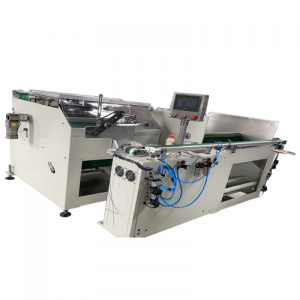

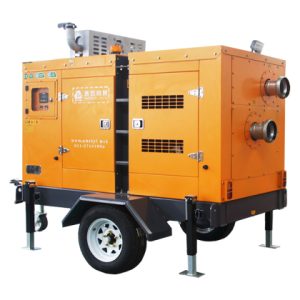
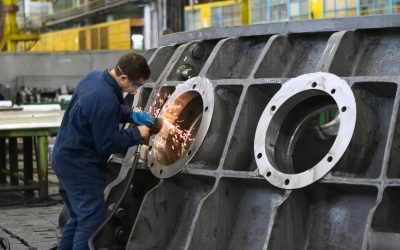
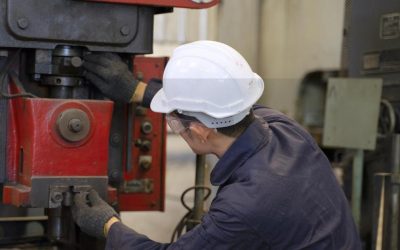
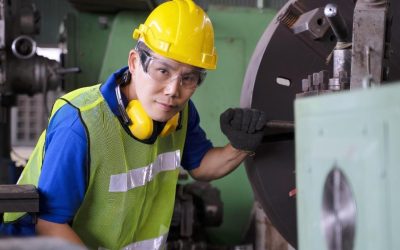



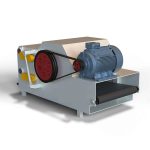
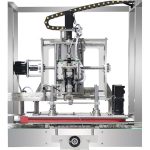

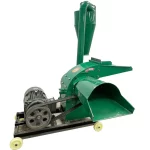

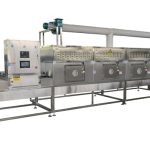
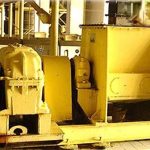

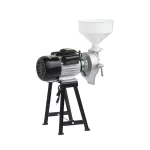
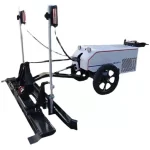

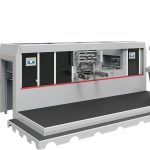
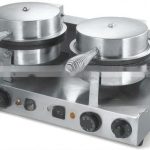
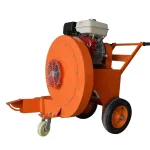
0 Comments